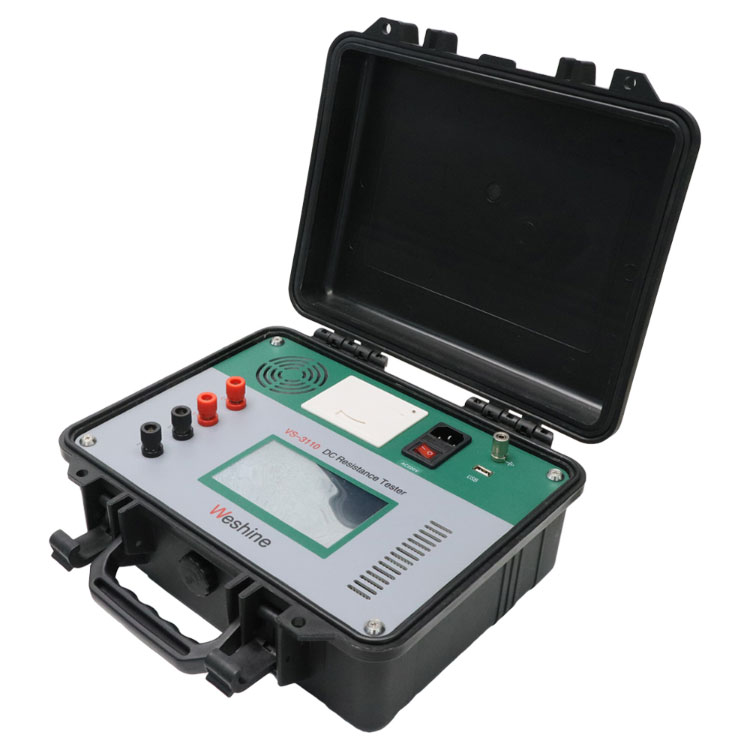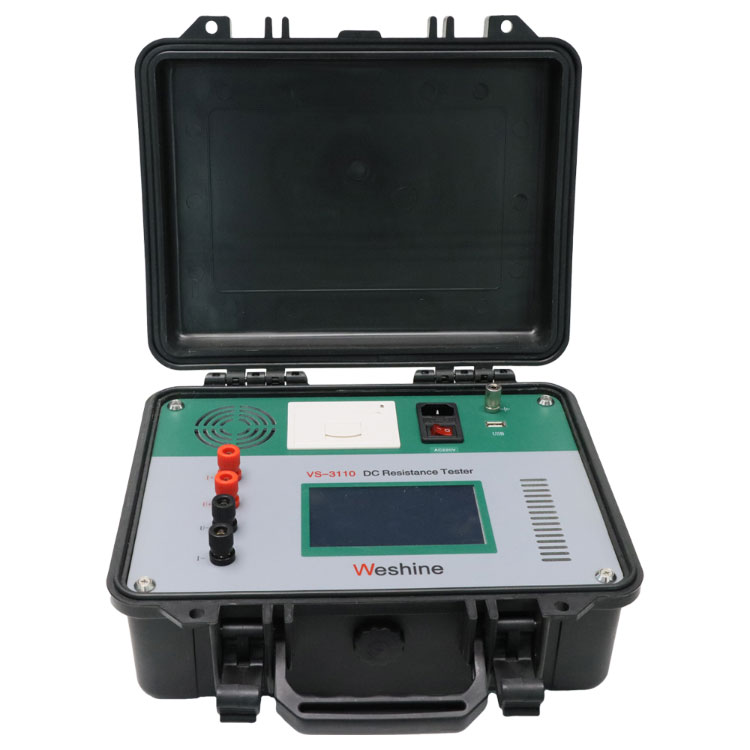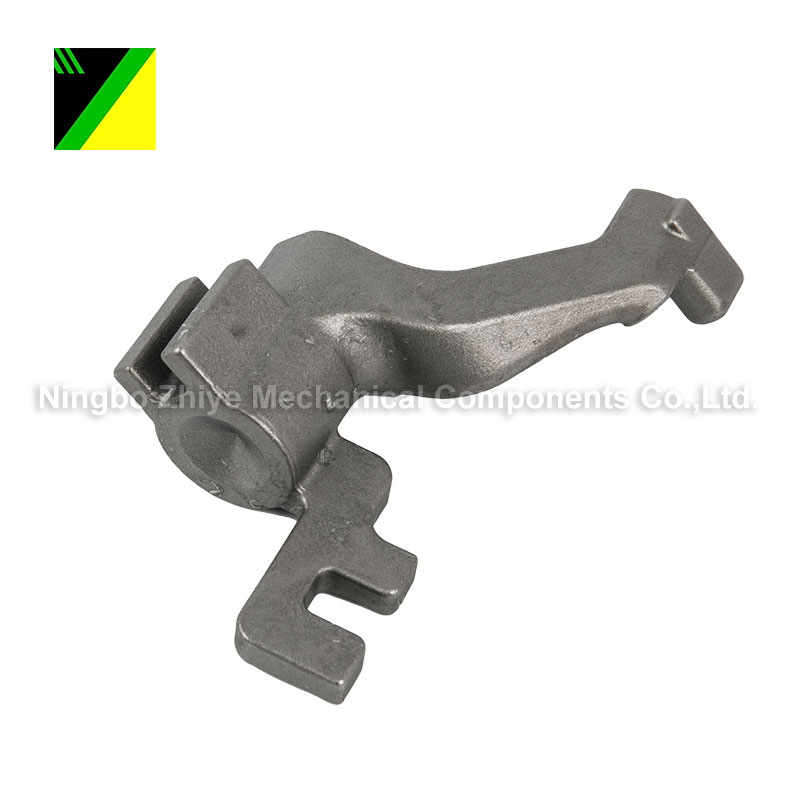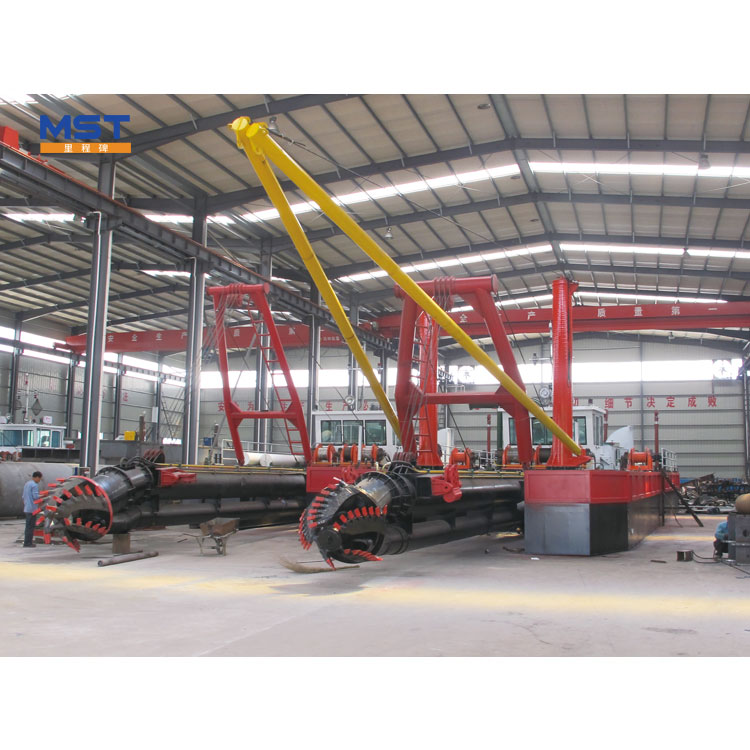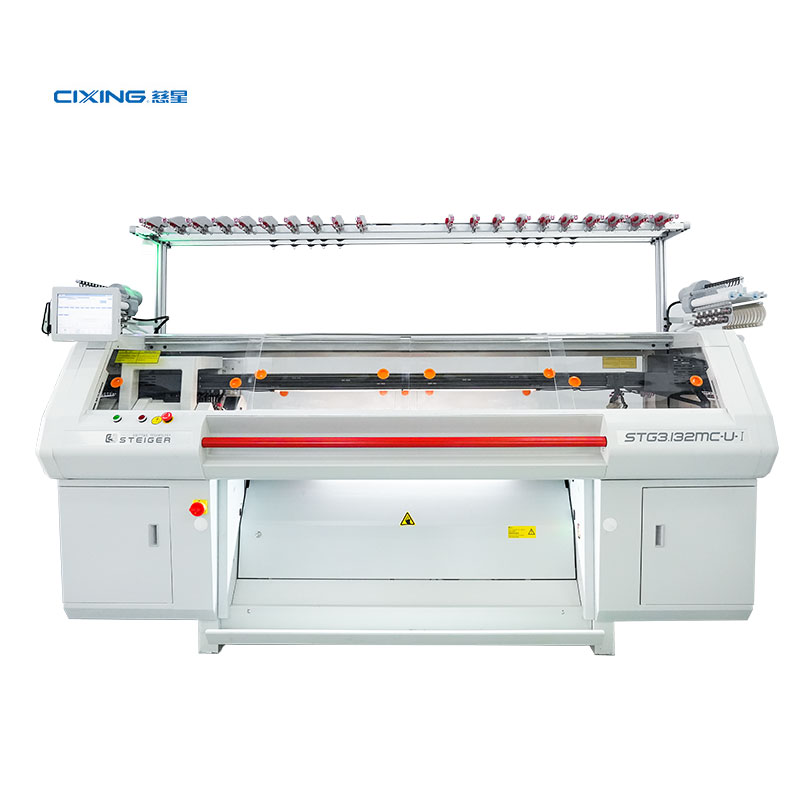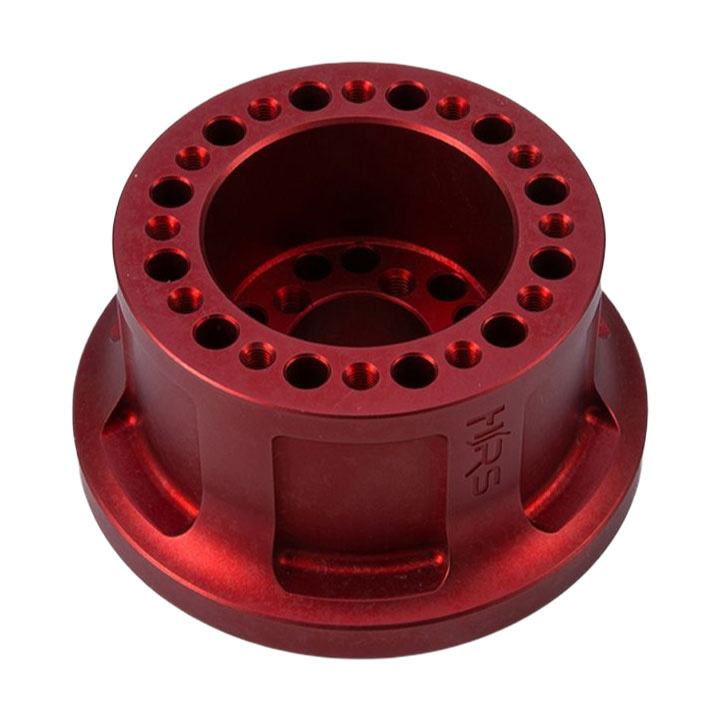Winding Resistance Test of Transformer
The winding resistance test is an essential diagnostic test conducted on transformers to assess the health and condition of their windings. The test involves measuring the resistance of the transformer's primary and secondary windings to evaluate their integrity and identify any potential issues......
Send Inquiry
Product Description
The winding resistance test is an essential diagnostic test conducted on transformers to assess the health and condition of their windings. The test involves measuring the resistance of the transformer's primary and secondary windings to evaluate their integrity and identify any potential issues or defects.
Purpose of the Winding Resistance Test:
1. Detecting Short Circuits: The test helps identify shorted turns or winding-to-winding short circuits within the transformer windings.
2. Verifying Design Specifications: It ensures that the actual resistance values match the design specifications, providing assurance that the transformer is built correctly.
3. Assessing Winding Condition: Any increase in resistance over time may indicate deteriorating insulation, loose connections, or other problems that could affect the transformer's performance.
4. Calculating Copper Losses: By measuring the winding resistance, the copper losses in the transformer can be determined, which are crucial for overall efficiency calculations.
Test Procedure:
1. Isolate the Transformer: Before conducting the test, the transformer must be isolated from the power system and completely de-energized. Proper safety precautions should be followed.
2. Connect Test Leads: Test leads are connected to the primary and secondary winding terminals of the transformer.
3. Measure Resistance: Using an ohmmeter or a specialized transformer winding resistance tester, measure the resistance of the primary and secondary windings separately. Typically, the primary winding is tested phase-to-phase, and the secondary winding is tested phase-to-neutral (for a delta-wye transformer configuration).
4. Compare Results: Compare the measured resistance values with the nameplate or design values. Small deviations are usually acceptable due to factors like temperature and accuracy of the test equipment. Significant differences might indicate potential issues.
5. Temperature Correction: Since the resistance of the transformer windings is temperature-dependent, the measured values are often corrected to a standard reference temperature (typically 20°C) for accurate comparisons.
6. Data Recording: Record the measured resistance values and any notes or observations during the test for future reference and analysis.
It's important to note that the winding resistance test should be performed with care, and the transformer should be re-energized only after ensuring it is safe to do so. The test should be part of a comprehensive maintenance and diagnostic program to ensure the transformer's reliable and safe operation over its lifetime. It is recommended to follow the specific testing procedures and guidelines provided by transformer manufacturers or industry standards.
